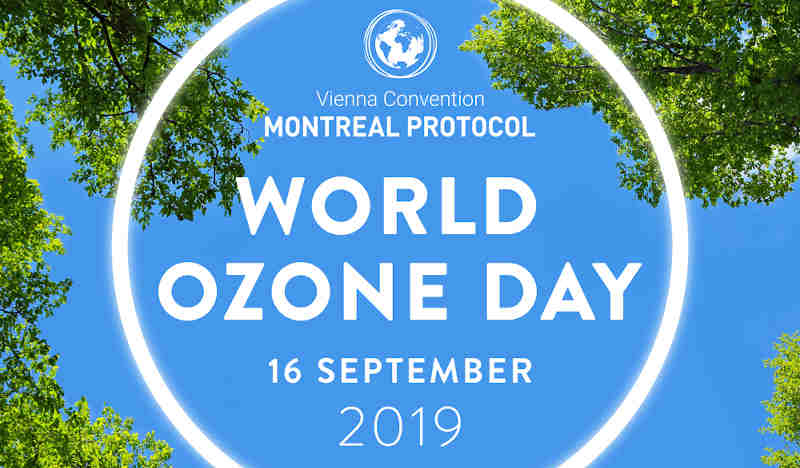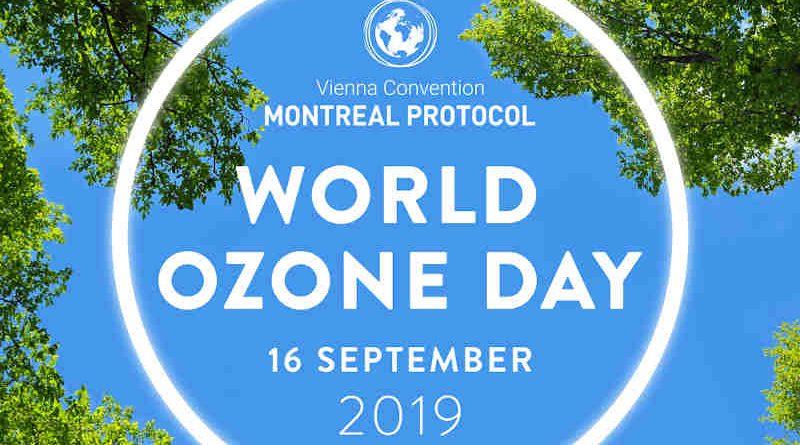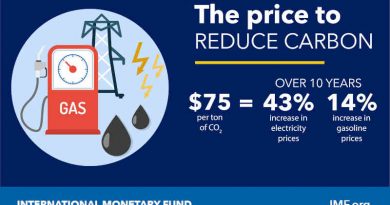Protecting the Ozone Layer to Preserve Life on the Planet

The ozone layer, a fragile shield of gas, protects the Earth from the harmful portion of the rays of the sun, thus helping preserve life on the planet.
The phaseout of controlled uses of ozone depleting substances and the related reductions have not only helped protect the ozone layer for this and future generations, but have also contributed significantly to global efforts to address climate change. It has protected human health and ecosystems by limiting the harmful ultraviolet radiation from reaching the earth.
The theme for this year’s International Day for the Preservation of the Ozone Layer (16 September) celebrates over three decades of international cooperation to protect the ozone layer and the climate under the Montreal Protocol. It reminds us that we must keep up the momentum to ensure healthy people and a healthy planet.
| Download and Read All Issues of Clean Climate | ||
| November 2018 | December 2018 | January 2019 |
| February 2019 | March 2019 | April 2019 |
| May 2019 | June 2019 | July 2019 |
| August 2019 | September 2019 | |
The Montreal Protocol has led to the phase-out of 99 per cent of ozone-depleting chemicals in refrigerators, air-conditioners, and many other products.
The latest Scientific Assessment of Ozone Depletion completed in 2018, shows that, as a result, parts of the ozone layer have recovered at a rate of 1-3% per decade since 2000. At projected rates, Northern Hemisphere and mid-latitude ozone will heal completely by the 2030s.

The Southern Hemisphere will follow in the 2050s and Polar Regions by 2060. Ozone layer protection efforts have also contributed to the fight against climate change by averting an estimated 135 billion tonnes of carbon dioxide equivalent emissions, from 1990 to 2010.
On this World Ozone Day, you should support the Kigali Amendment to the Montreal Protocol, which entered into force on 1 January 2019. By phasing down hydrofluorocarbons (HFCs), which are potent climate-warming gases, this amendment can avoid up to 0.4°C of global temperature rise by the end of the century, while continuing to protect the ozone layer.
And by combining action to phase-down HFCs with energy efficiency improvements in the cooling industry, we can achieve bigger climate benefits.






